AO Edited
Medieval Water Pipes
These wooden pipes were crucial to providing water to Medieval Edinburgh.
Located on a patch of grass where Lauriston Place Meets Forrest Road, are the relics of Middle Age plumbing.
To the untrained eye, these logs with the center hollowed out resemble discarded lumber. Luckily, for keen observers, there is an informational placard that provides context on the objects.
Several hundred years ago, Edinburgh was a walled city. This stone structure provided safety and security for residents. There are remnants of the Flodden Wall located nearby. Unfortunately, there was no massive body of water within the enclosure. So, authorities had to develop a means to get water to their citizens.
Utilizing what was readily available, a variety of sturdy and robust trees were used as conduits to provide running water. Although, not every household was provided with its own individual water source. Many still had to collect water from wells located in various spots throughout the congested city.
These carved-out tree trunks carried hand-pumped water from Nor’ Loch, where the Prince’s Gardens is now located. It then emptied into a reservoir that was located at the city’s highest point, now the roof of the Tartan Weaving Mill. A metal ball on the neighboring building acted as a water leveling device. From this reservoir, water would flow down to the numerous water wells, where it was collected by hand and brought back to individual households.
In fact, the golfing term caddie comes from the boys and men who were paid by wealthier clients, to carry the water in large wooden barrels on their backs up the rickety and steep staircases. Not only did these water wells provide for healthier and more sanitary living conditions, but they were also a source for disseminating information as well as gossip.
This set of pipes was discovered, while construction was taking place in nearby George Square, in 2018. They are finely preserved for their age, dating from the middle of the 18th-century. The wooden conduits are carved from elm trees and are in good condition, providing a rare opportunity to witness a feat of early human engineering.
Know Before You Go
Water wells can be seen in the Grassmarket and along the Royal Mile in front of The Fringe Shop and John Knox's House.
The former reservoir, or the roof of the Tartan Weaving Mill, can be viewed from the top of the neighboring Camera Obscura.
The Watermark is located above a window belonging to the restaurant that faces the Castle. It's often erroneously reported that this metal ball is a cannonball.






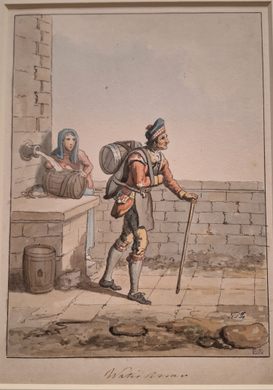
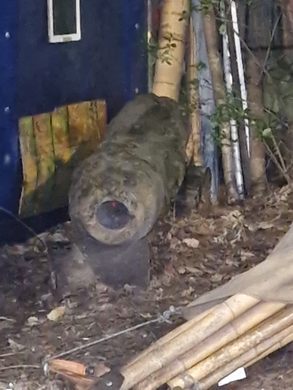
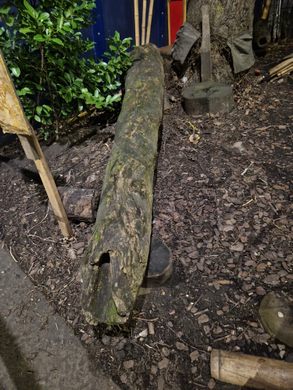
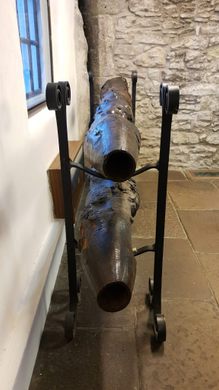
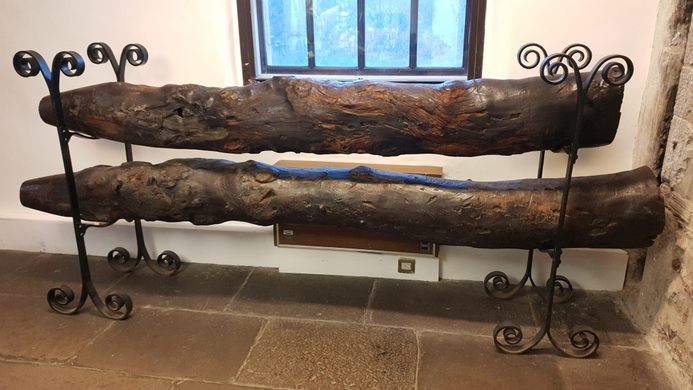



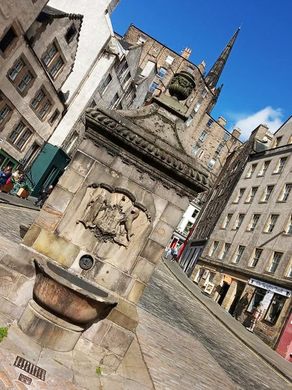
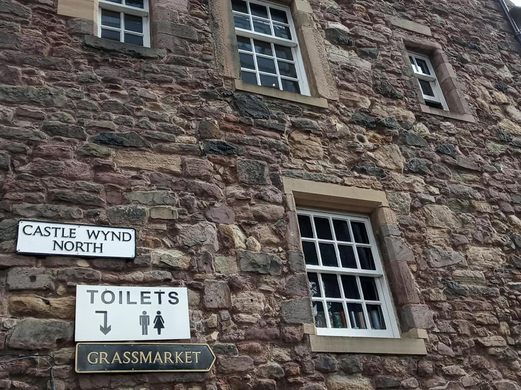

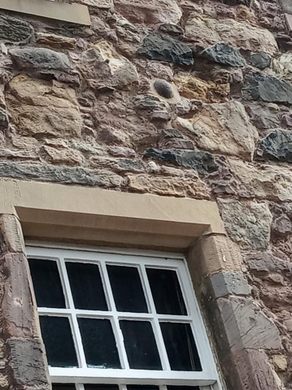
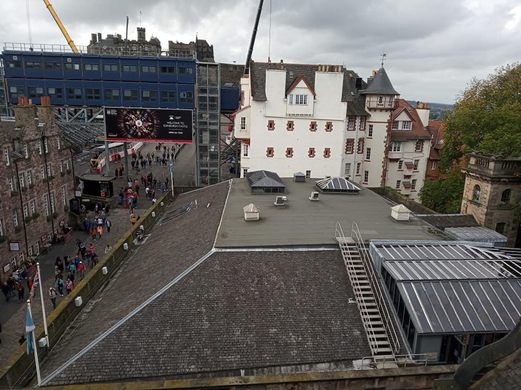
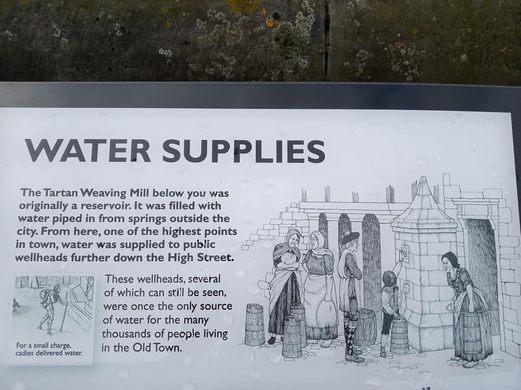













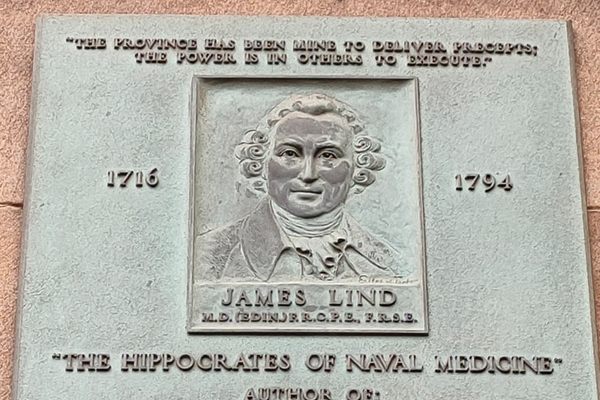



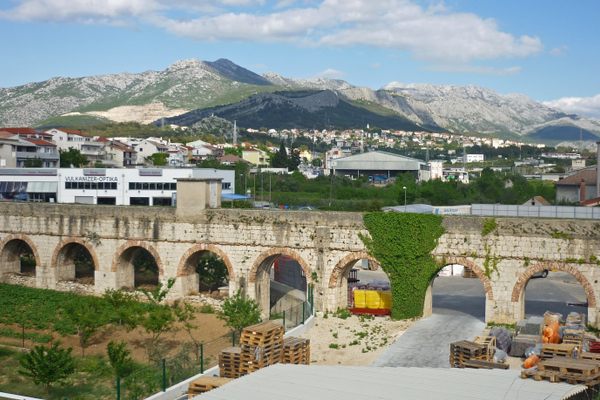
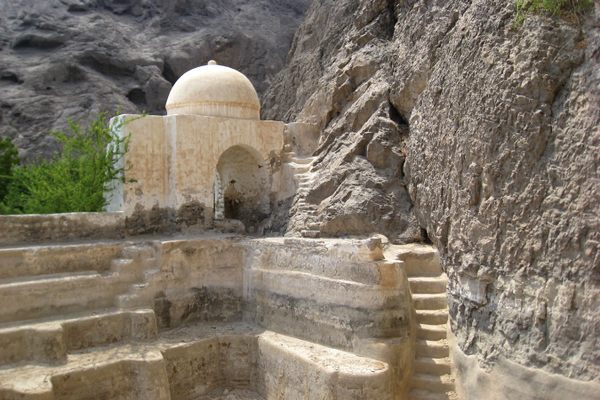



Follow us on Twitter to get the latest on the world's hidden wonders.
Like us on Facebook to get the latest on the world's hidden wonders.
Follow us on Twitter Like us on Facebook